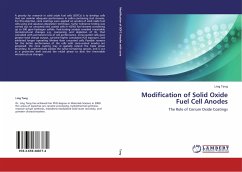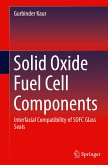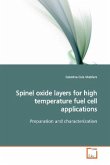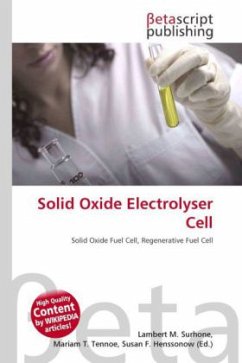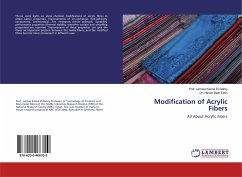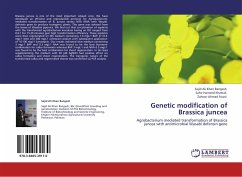A priority for research in solid oxide fuel cells (SOFCs) is to develop cells that can maintin adequate performance in sulfur-containing fuel streams. For this objective, ceria coatings were applied on anodes of solid oxide fuel cells using and aqueous deposition technique. Sulfur tolerance testing was carried out on uncoated and coated cells in H2/N2 fuel streams containing up to 500 ppm hydrogen sulfide. Post-testing analysis revealed irreversible microstructural changes e.g. coarsening and depletion of Ni, that coincided with permanent loss of cell performance. Ceria-coated cells gave greater total charge output, survived higher cumulative H2S exposure, and exhibited longer operating lifetime than uncoated cells. Possible reasons for the better performance of the cells with ceria-coated anodes are proposed: the ceria coating may a) spatially extend the triple phase boundary, b) preferentially oxidize the sulfur-containing species, and c) act as a protective shell around the nickel phase to slow the irreversible microstructure changes.

